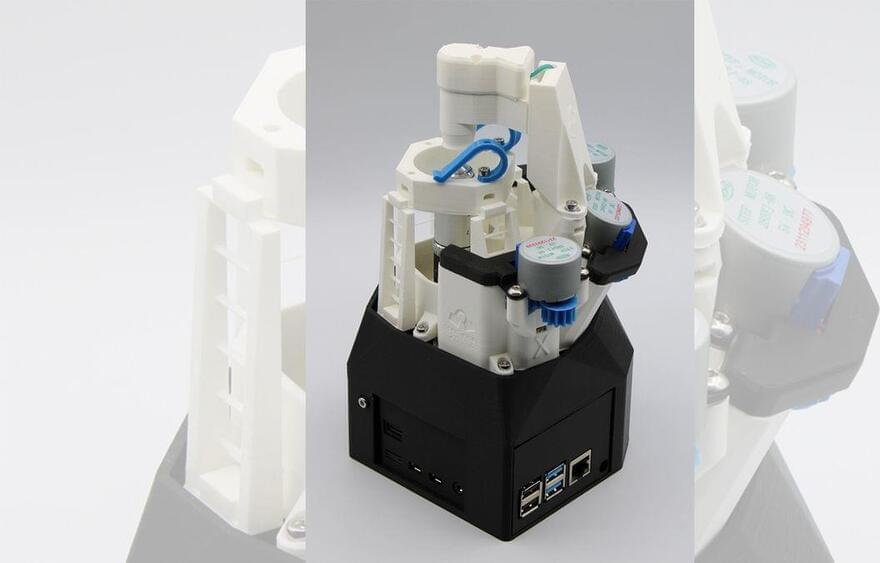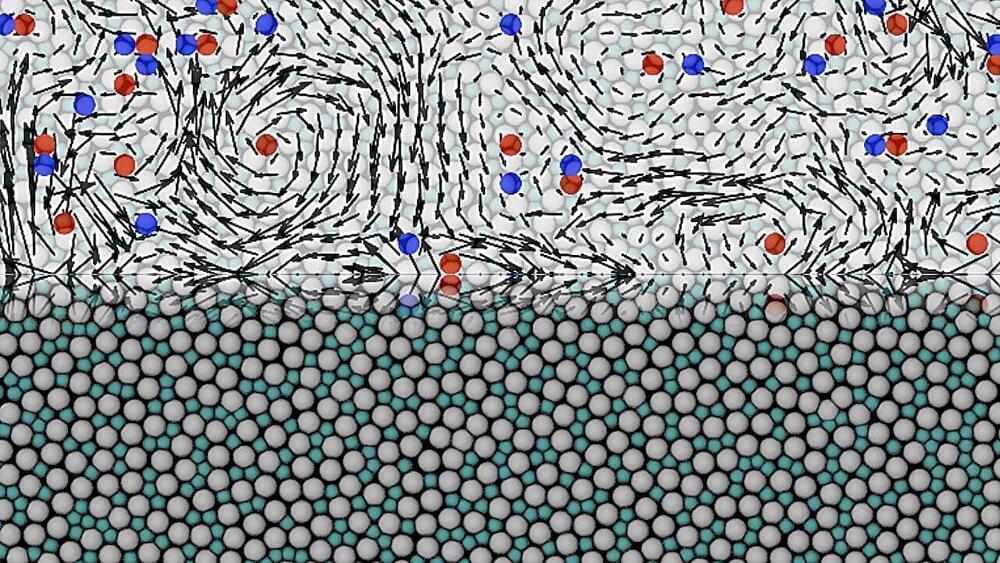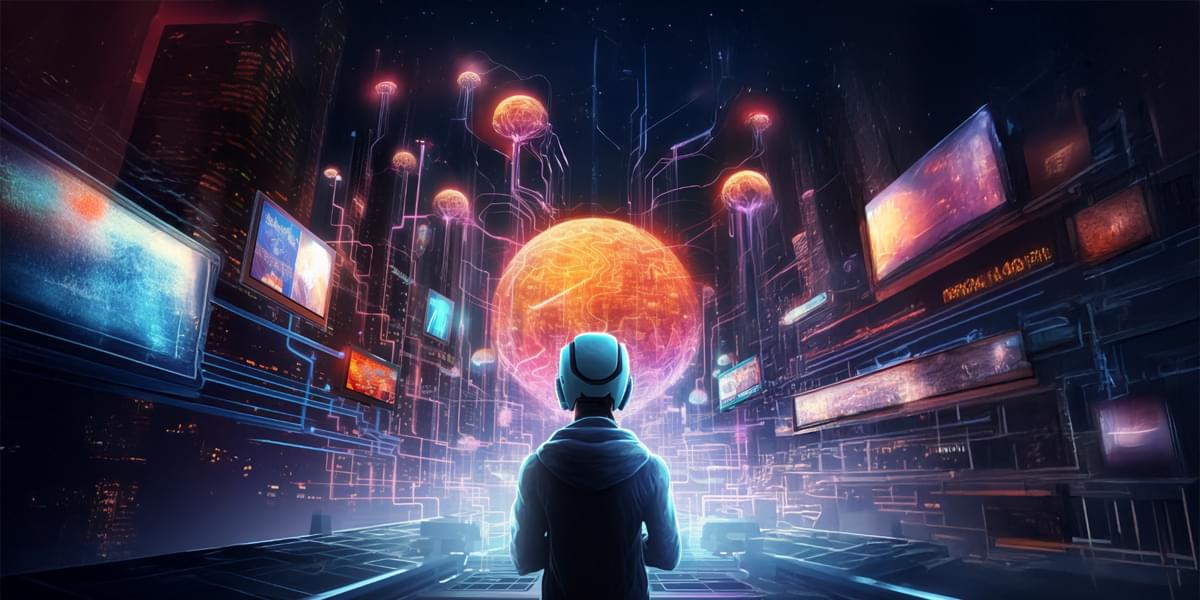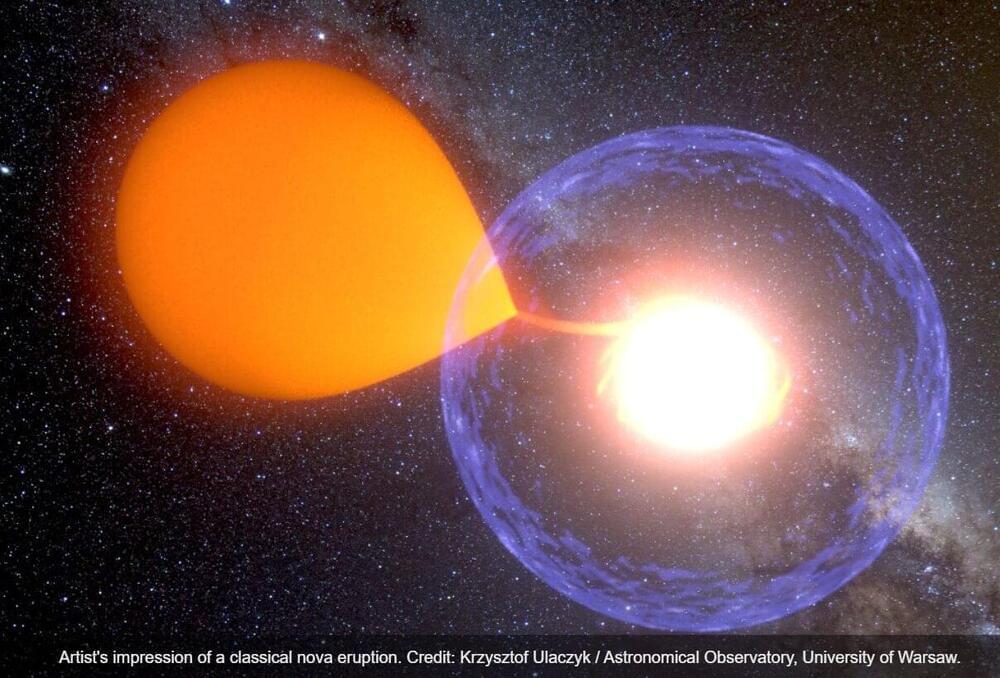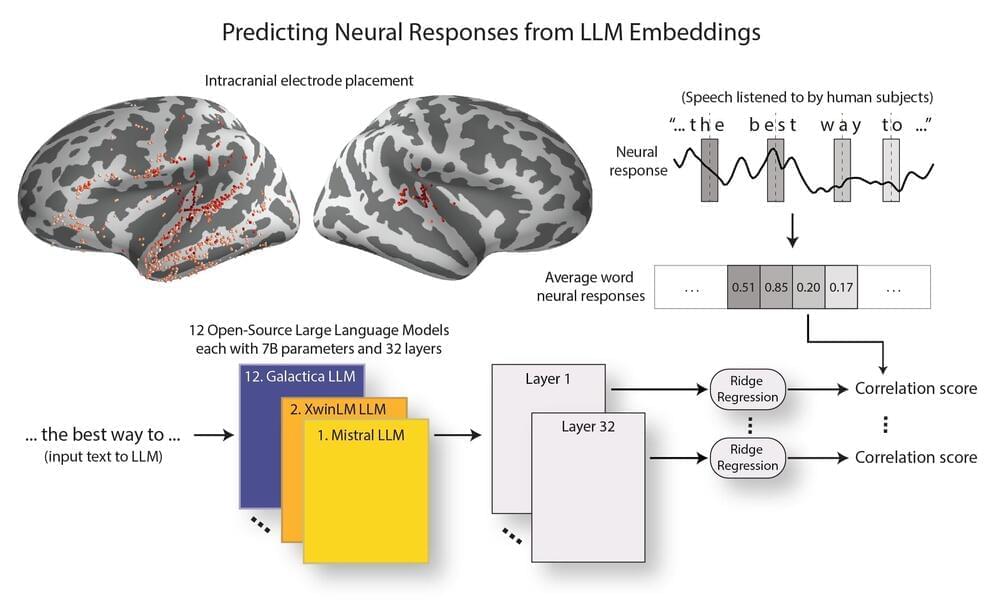Red light exposure may reduce blood clot risks, according to groundbreaking research. By lowering inflammation and platelet activity, it could prevent strokes, heart attacks, and more. Clinical trials are next.
The ability of released products of platelet activation to induce thrombosis-generating neutrophil extracellular trap formation was quantified. Subsequent thrombosis was measured using murine models of VT and stroke.
To translate our findings to human patients, light-filtering cataract patients were evaluated over an 8-year period for rate of venous thromboembolism with multivariable logistic regression clustered by hospital.
Exposure to long-wavelength red light resulted in reduced platelet aggregation and activation. RNA-seq analysis demonstrated no significant transcriptomic changes between micered and micewhite.

